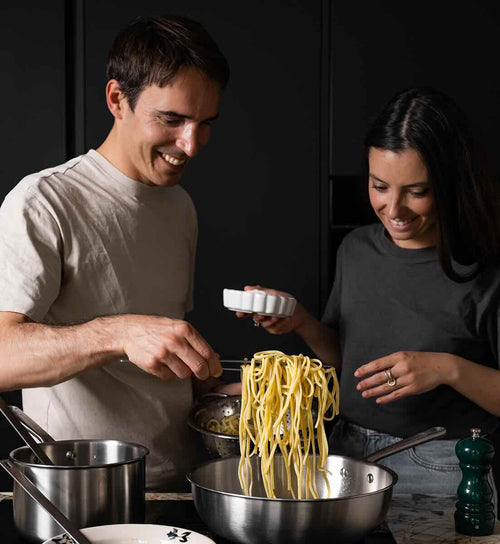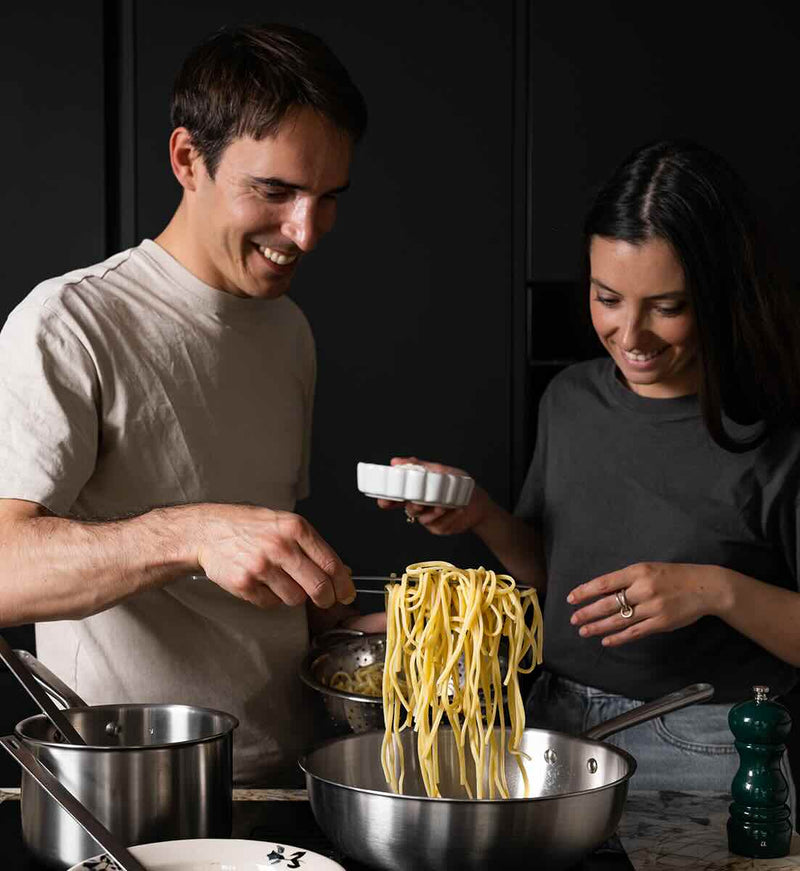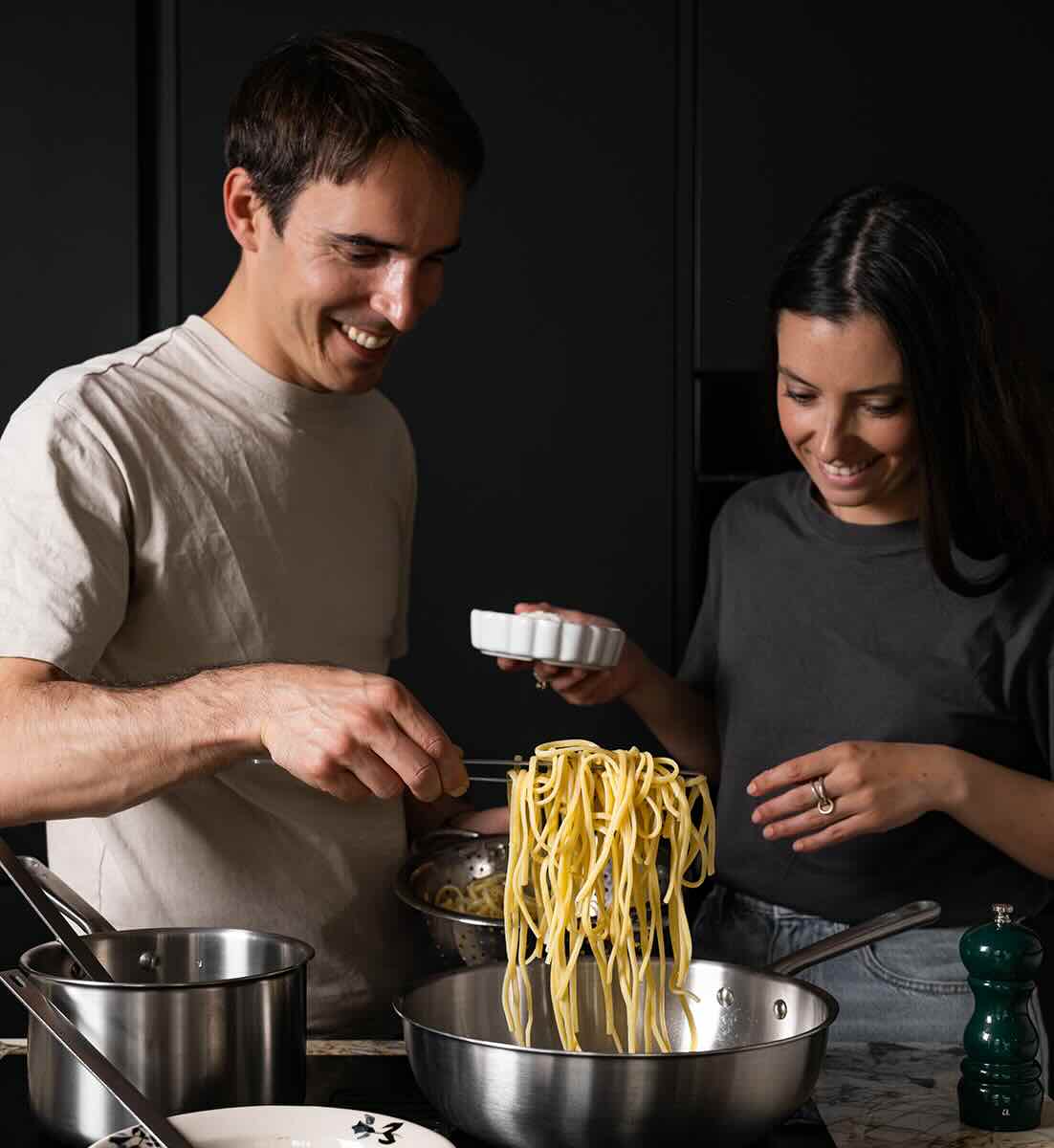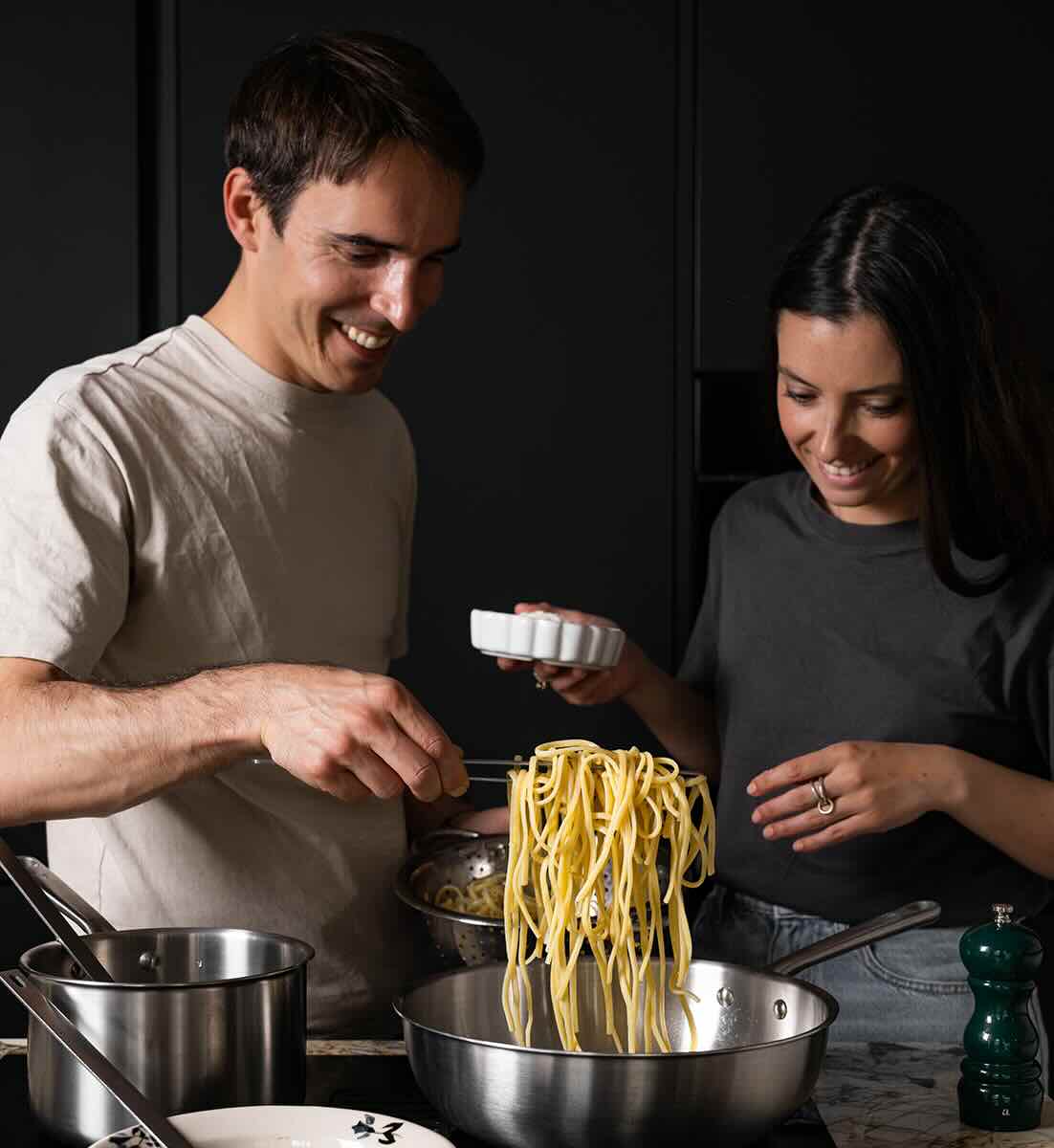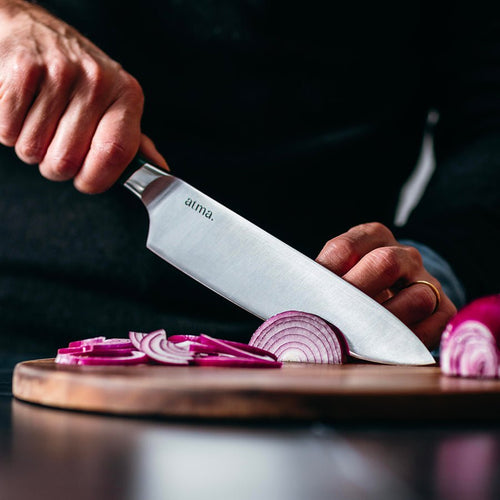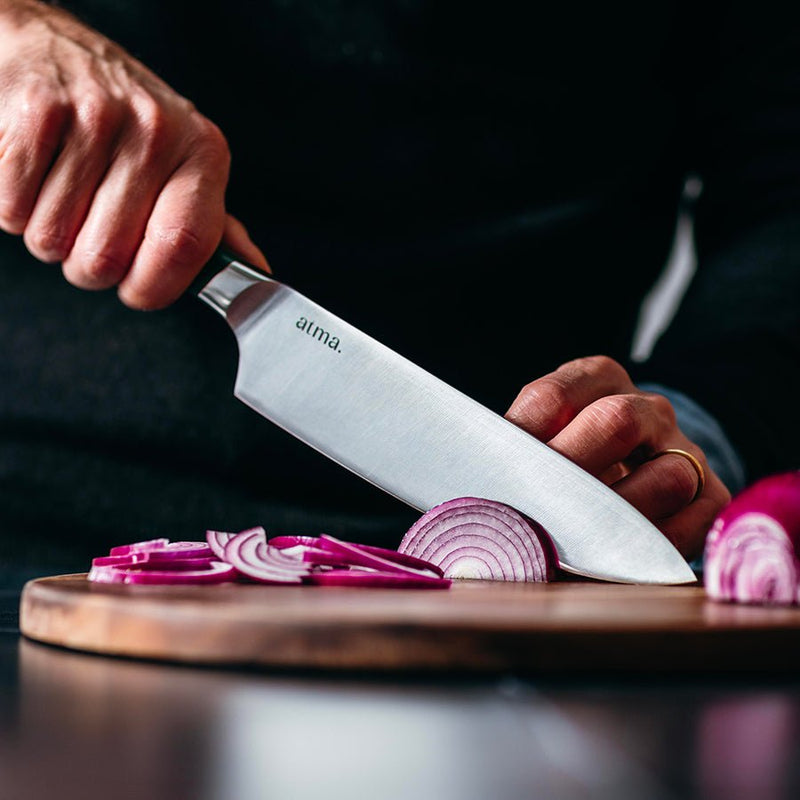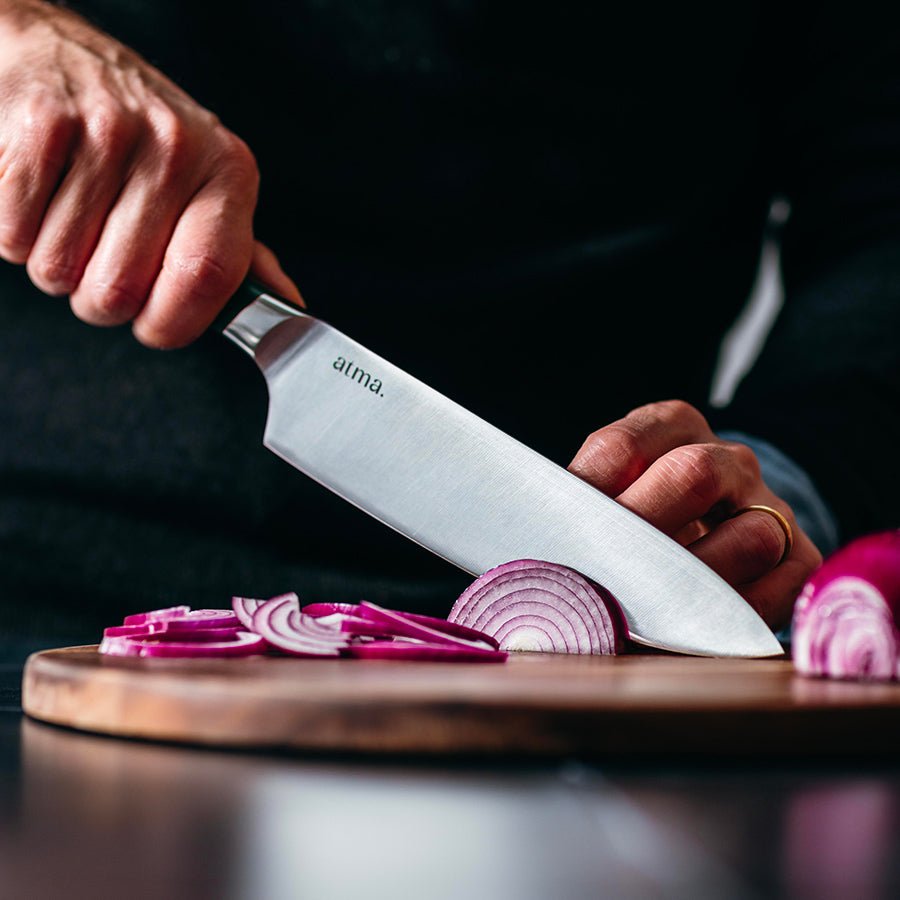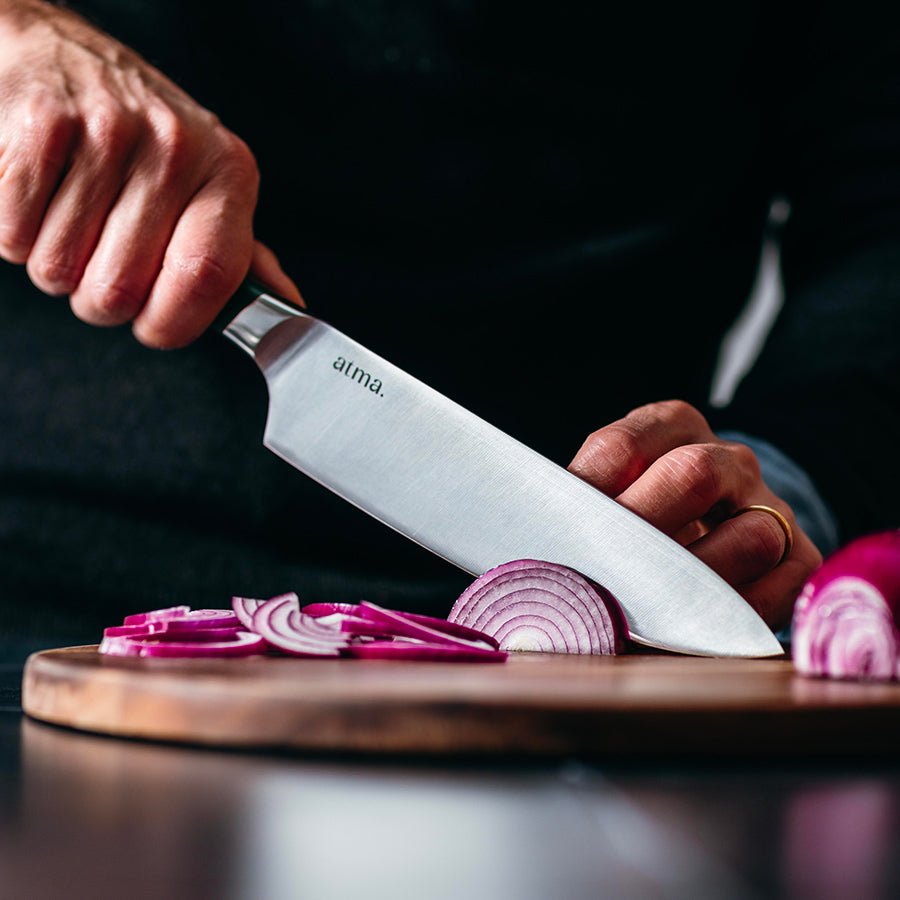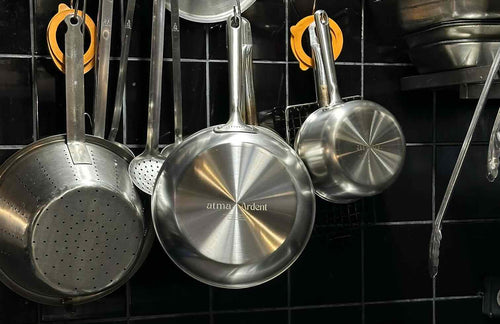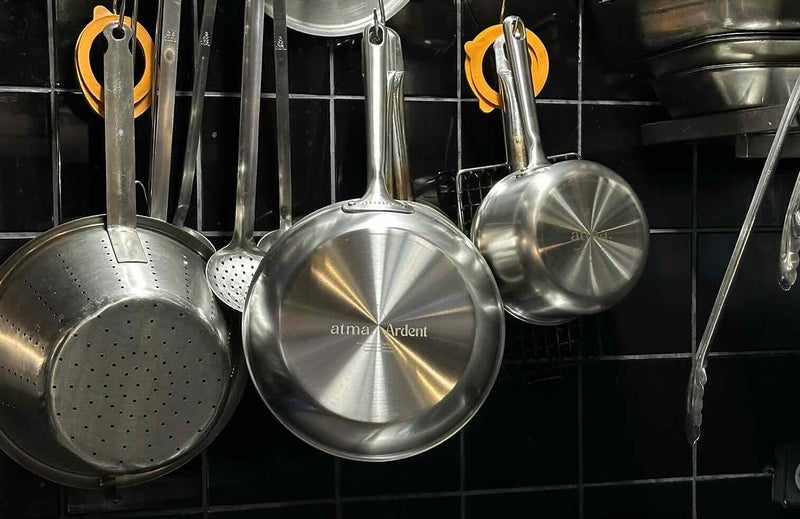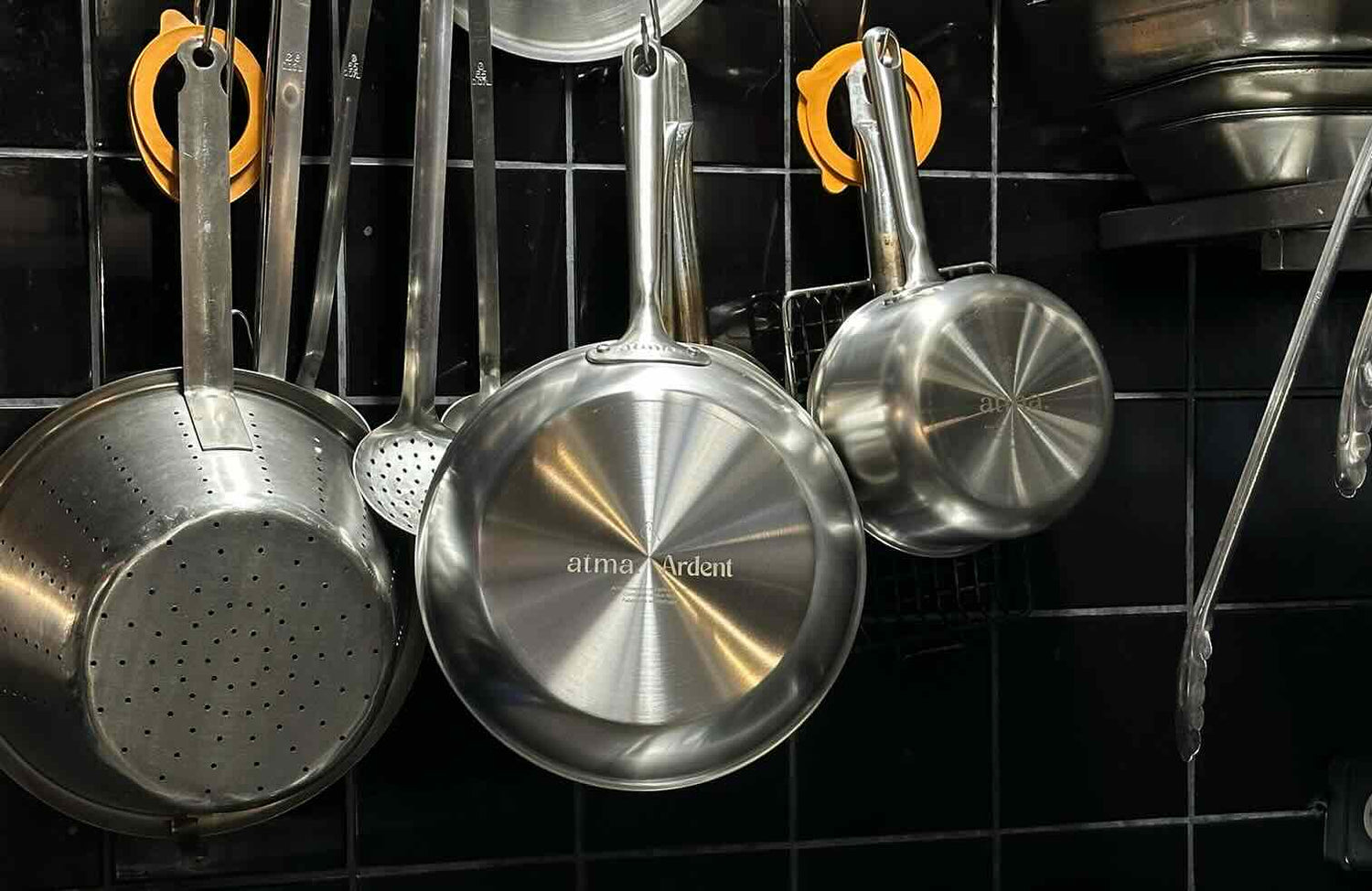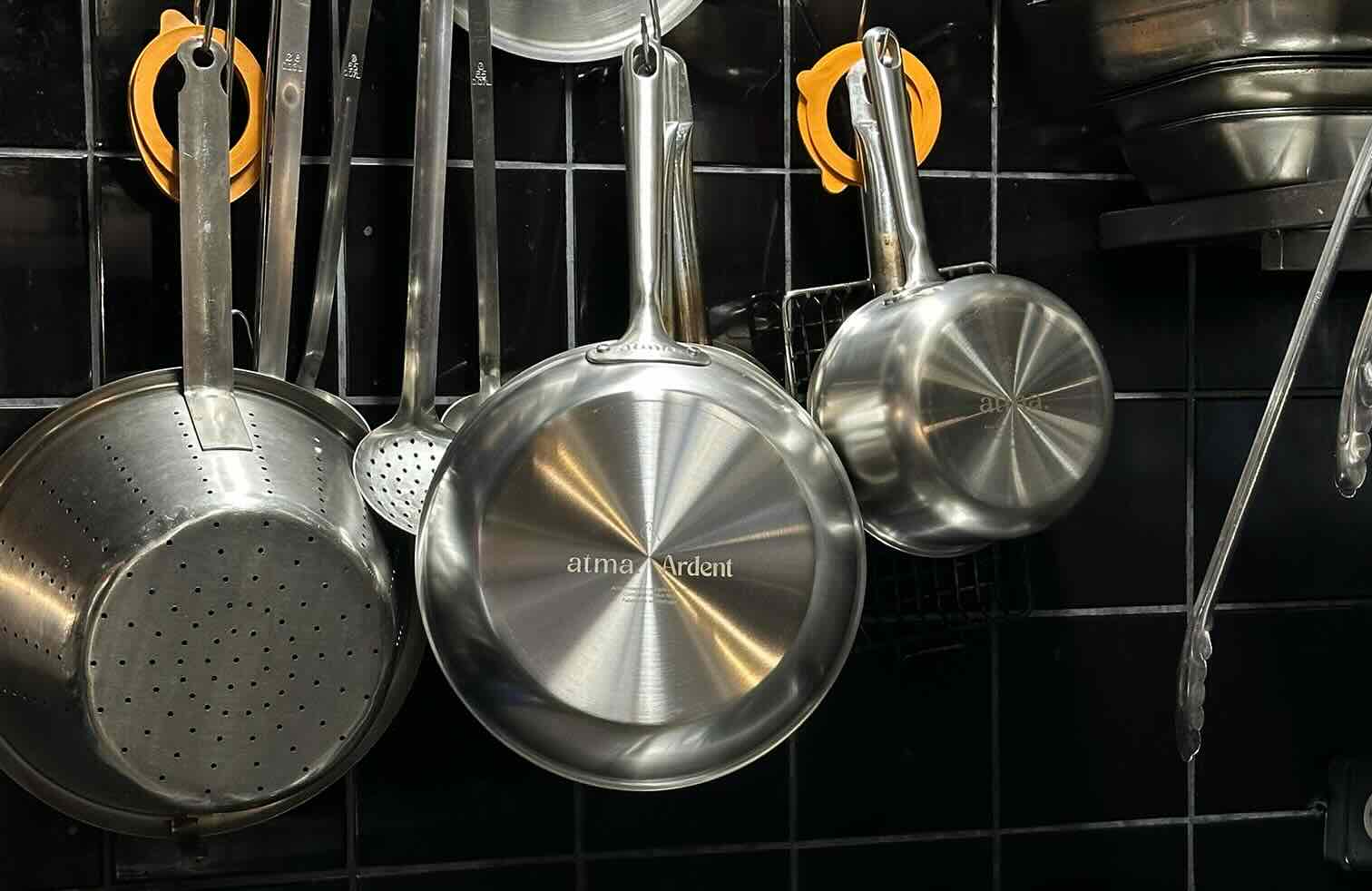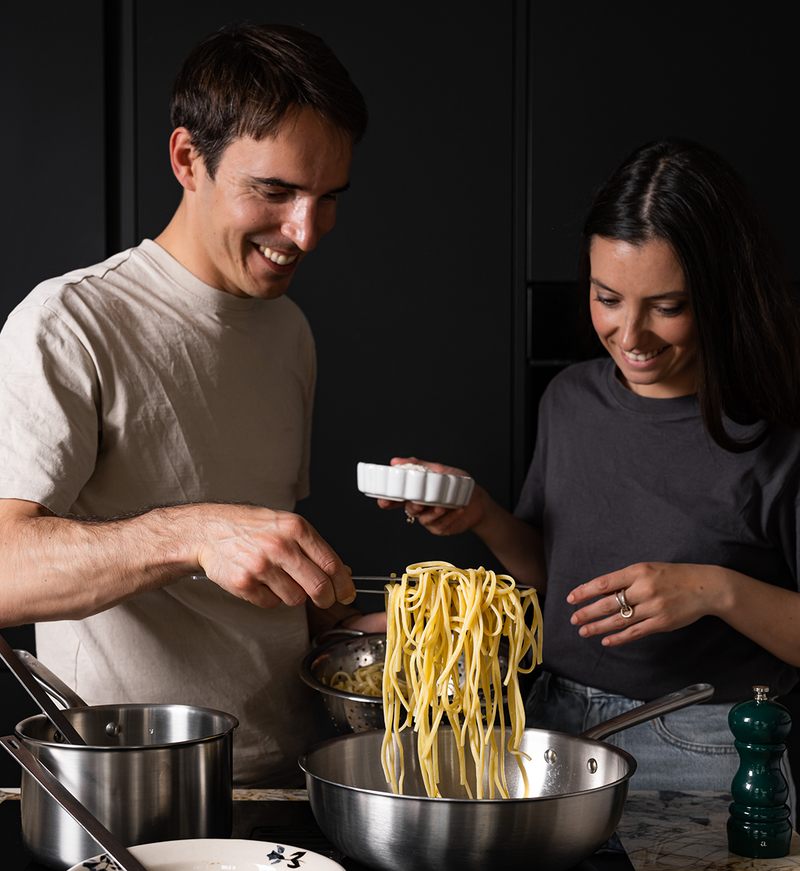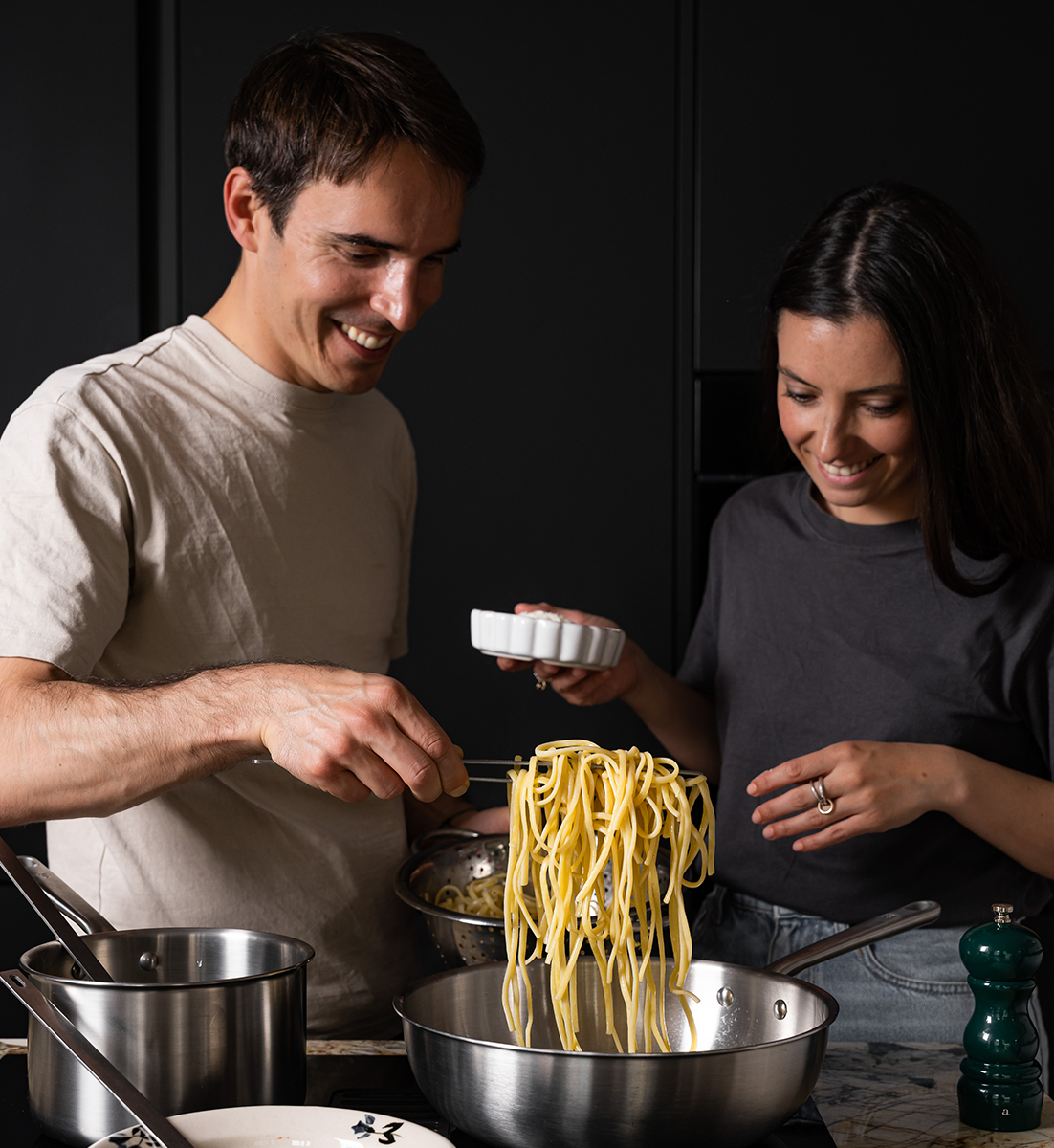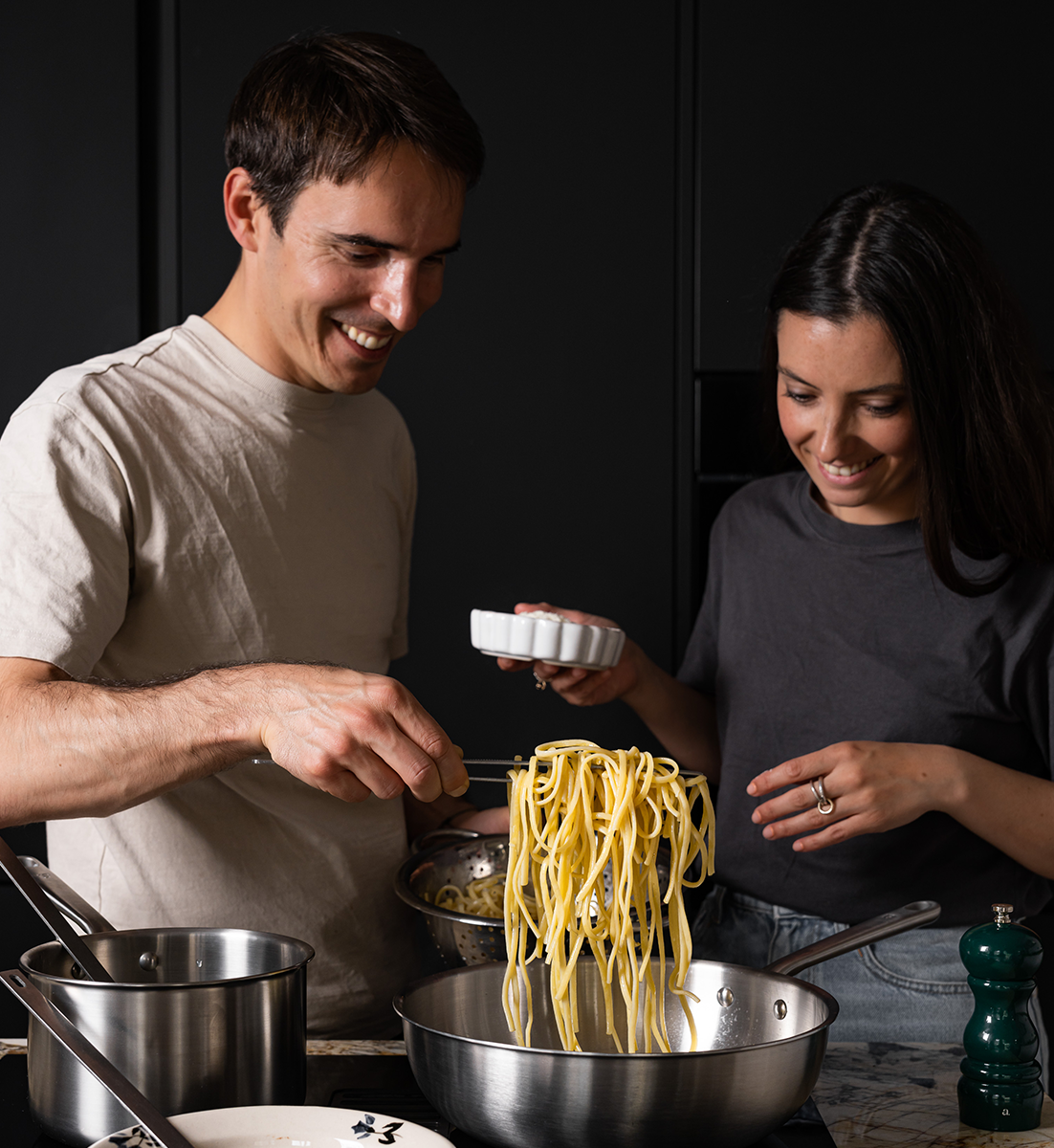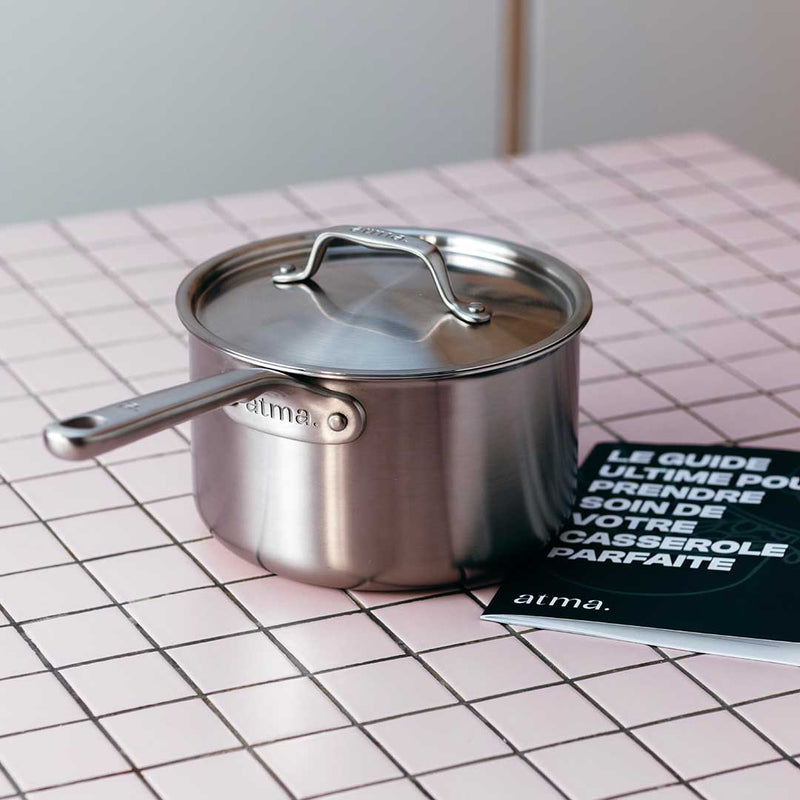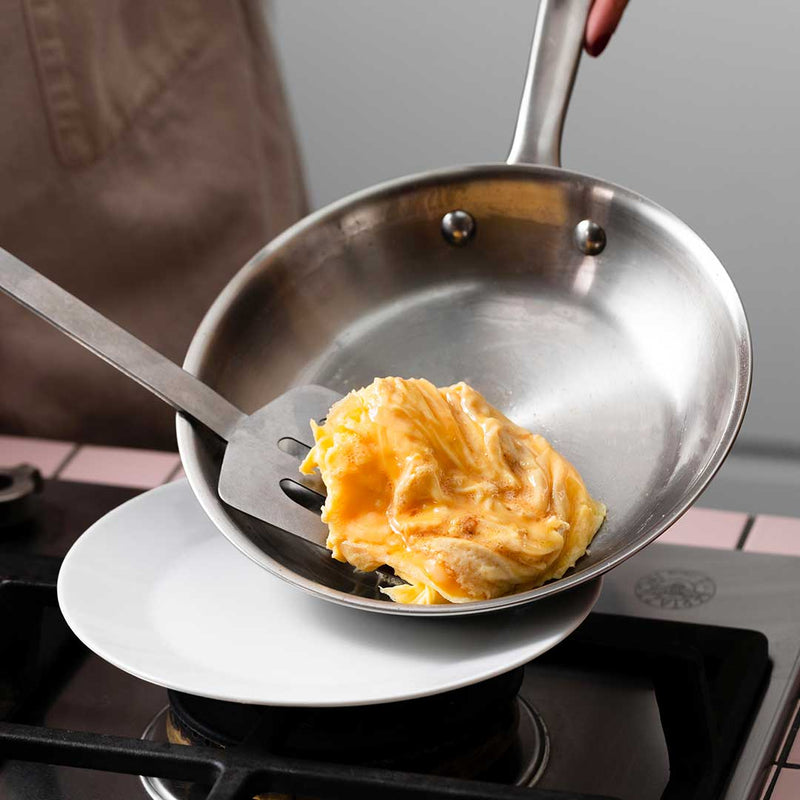Bien s'équiper pour tout couper
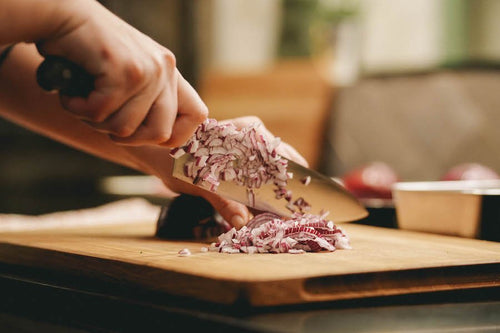
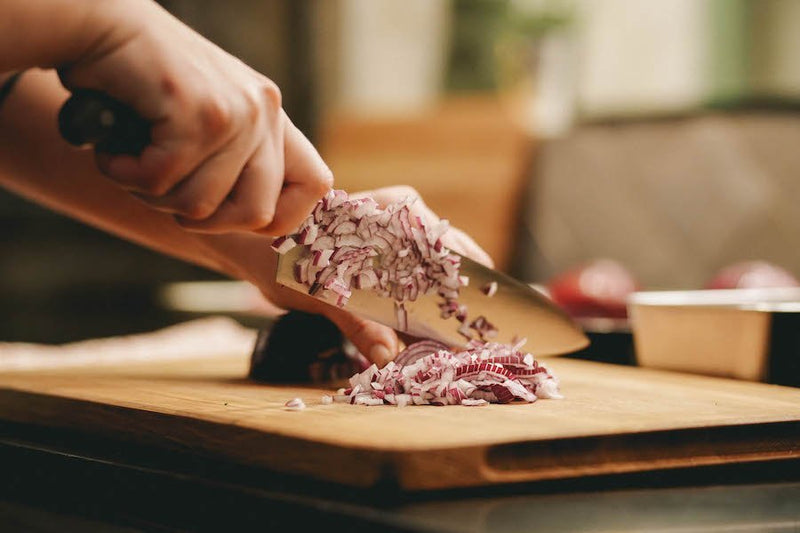
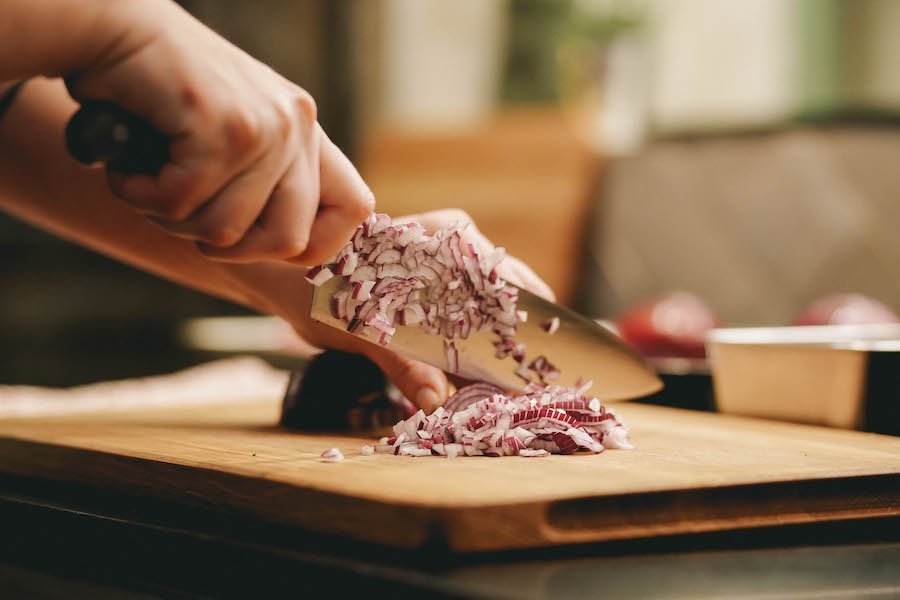
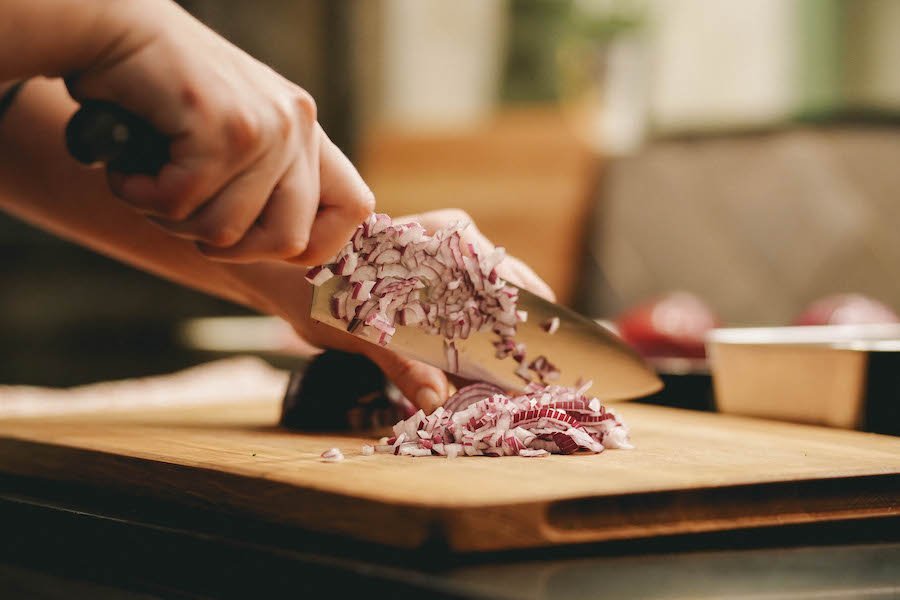




Si MacGyver réalise l’impossible avec son couteau suisse, il n’en est rien pour le commun des mortels.
Bien découper chaque aliment nécessite la bonne technique et surtout le bon outil. Viande, poisson, fruits ou légumes, à chacun son équipement pour découper avec facilité et précision sans se blesser, ni abîmer sa lame.
On vous explique donc quels sont les meilleurs couteaux pour chaque découpe.
Notre top 5 des meilleurs couteaux pour couper des fruits et des légumes
On a recensé nos 5 favoris pour être sûr de marquer le panier.
Le couteau de chef
Le couteau de chef est LE couteau incontournable dans une cuisine. C’est le capitaine d’équipe. À la fois solide et précis, il est le plus polyvalent. Il peut jouer à tous les postes et sera parfaitement adapté pour la découpe de vos aliments les plus durs comme les courges, aux plus précis, salade de fruit oblige.
La grande force du couteau de chef réside dans son talon, plus épais que celui d’un Santoku, et la forme arrondie de sa lame. Cela le rend parfaitement adapté pour la technique de “Rock Chop”, ou mouvement de balancier, souvent utilisée pour couper des légumes tels que les oignons.
Attendez, avant de continuer, on nous demande dans l’oreillette ce qu’est le talon d’un couteau ? Le talon, c’est la partie arrière du tranchant qui se trouve au plus proche du manche.
Chez Atma, on a travaillé le Couteau de Chef Ultime en acier inoxydable 100% forgé dont la polyvalence et le tranchant parfait permet de réaliser 90% de vos découpes en cuisine. Idéal pour s’attaquer à toutes sortes de fruits et de légumes !

Le Santoku
Doté d’une lame dont la pointe est arrondie et d’un tranchant plat, le couteau Santoku est intéressant pour trancher, couper en dés et hacher une large gamme de fruits et de légumes, des concombres aux butternuts. C’est un peu la brute épaisse de l’équipe. Plein de puissance, mais aussi plein de douceur puisque que son tranchant permet de découper les légumes fragiles et les chairs crues délicates, comme le poisson, sans les abîmer.
Contrairement au couteau de chef qui utilise la technique du balancier, le Santoku nécessite une découpe de haut en bas pour s’attaquer aux légumes.

Le Nakiri
Quand on pense “découpe de légumes”, on pense aussi au Nakiri. Avec sa lame rectangulaire, droite, plate et fine, ce couteau de cuisine japonais est idéal pour obtenir des découpes précises de concombres, d’oignons ou de carottes.
Contrairement au Santoku, ce couteau est spécifiquement adapté aux fruits et légumes. Il est donc moins polyvalent, c'est un véritable expert !

Le couteau d'office
On a là le petit de la bande qui ne cesse de nous épater avec sa précision. Sa lame pointue est parfaite pour réaliser des découpes précises et pour travailler avec des aliments plus délicats comme des échalotes et des gousses d’ail. Dans une moindre mesure, cet ustensile peut aussi servir à éplucher des fruits et des légumes types kiwis.
De notre côté, le couteau d’office est en cours de développement ! Pour tout vous dire, les prototypes sont en cours de finition et on devrait les recevoir au bureau à la fin du mois. On a hâte de vous les montrer.

L’éplucheur ou économe
Pas de doute ici concernant son utilisation, tout est dans son nom. Composé d’une lame emmanchée et percée de deux fentes tranchantes, ce petit couteau a pour but d’enlever la peau des fruits et des légumes. Il permet ainsi d’éplucher la peau des pommes de terre, citrouilles et autres kiwis et pommes.
De plus, la pointe du couteau permet de creuser dans la chair du fruit ou du légume pour extraire ce que l’on ne souhaite pas manger, comme les pépins, les noyaux, etc.
Comment bien couper ses fruits et ses légumes ?
Maintenant que vous savez choisir votre outil, place à la pratique. Avoir un bon couteau, c’est bien. Savoir sans s’en servir, c’est mieux. Voilà le B.A-BA de la découpe des fruits et des légumes.
Première chose importante : la stabilité de votre aliment pour effectuer sa découpe. La forme arrondie de nombreux aliments peut souvent compliquer l’opération. On vous fait le schéma rapidement : le fruit glisse, le couteau ripe et bonjour la blessure.
Pour éviter cela, petit conseil qui peut vous paraître bien simple, mais vous rendre service : découpez un côté de votre aliment arrondi pour le poser bien à plat. Ou coupez-le tout simplement en deux.
La stabilité de votre découpe étant assurée, passons à la technique. Du tranchage en dés, au hachage, chaque fruit ou légume déploiera le maximum de ses saveurs en fonction de la forme dans laquelle il est découpé. Pour l’ail par exemple, il aura tendance à dévoiler ses arômes une fois haché alors que d’autres légumes auront plus d’intérêt coupés en lamelles.
Maintenant que vous avez la théorie, on vous fait confiance pour la pratique. Il n’y plus qu’à vous lancer armé(e) de votre Couteau de Chef Ultime et de votre planche. N’oubliez pas de nous partager vos plus belles découpes sur les réseaux sociaux avec le #madewithatma.
Et si vous avez la moindre question, vous pouvez nous la poser en commentaire juste en dessous. On est là pour vous répondre.
Découvez nos best sellers
By Romain De Bona
















